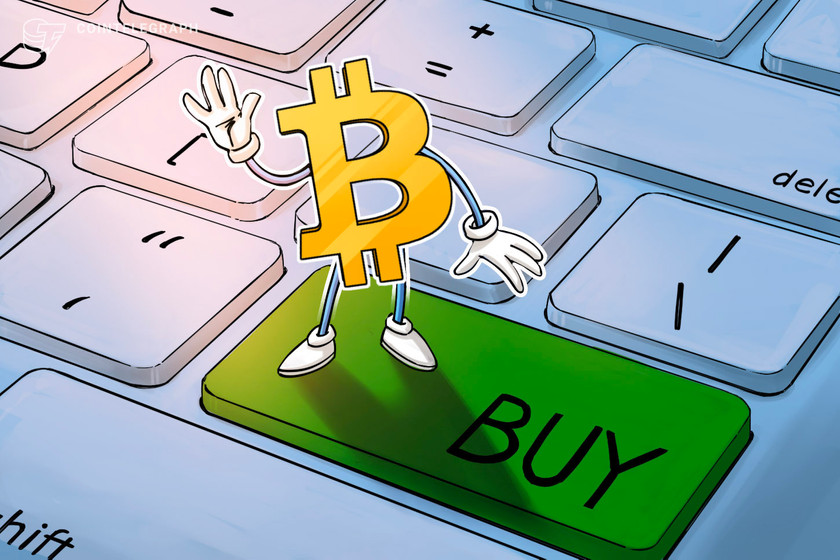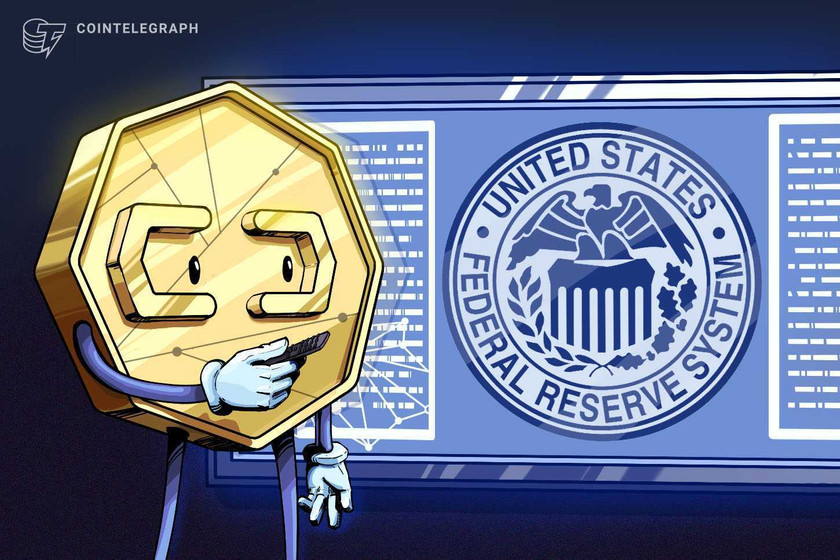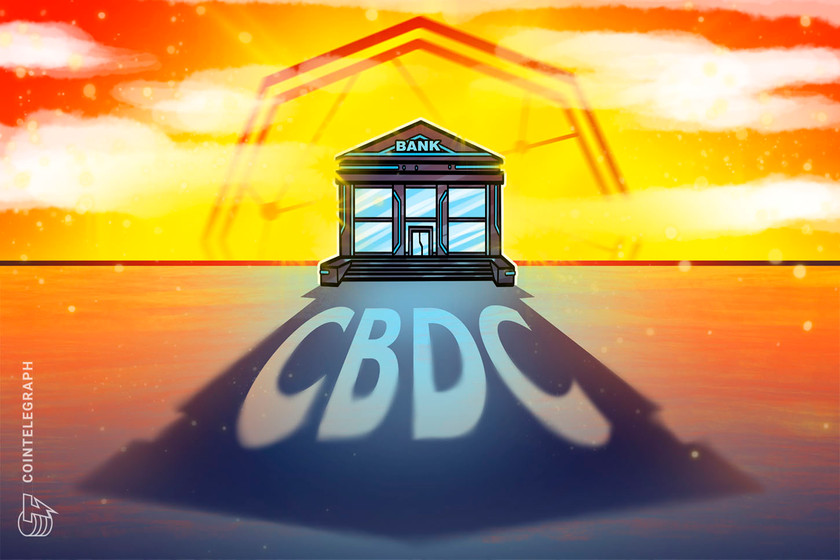Bitcoin ‘bear market rally continues’ after BTC price jumps to $23.4K


The Fed rate hike and comments from Jerome Powell serve to buoy risk assets, with one analyst arguing that the worst of the bank’s “hawkish” phase has already passed.
Bitcoin (BTC) consolidated higher into July 28 after United States monetary policy changes fueled optimism in risk assets.


Fed hike instils fresh crypto optimism
Data from Cointelegraph Markets Pro and TradingView showed BTC/USD climbing to highs of $23,452 on Bitstamp overnight.
The pair had reacted strongly to the latest Federal Reserve key rate hike, despite this conforming to market predictions. Subsequent comments from Fed Chair Jerome Powell added to the breakout’s momentum.
“I think the reason this is providing some relief to the equity market is the Fed is acknowledging that there can be an impact on growth, to the economy, based on their policy,” Gargi Chaudhuri, head of asset management giant BlackRock’s iShares investment strategy Americas, told CNBC:
“They’re recognizing there are two sides of this — there’s a growth tradeoff to fight inflation. The recognition is something we heard today that we didn’t hear before.”
Crypto commentators had already predicted that the Fed would find itself stuck between two stools in the form of forty-year-high inflation and the risk of a recession arising from fighting it.
“Who’s outperforming here? Nasdaq & Crypto,” Alf, creator of the Macro Compass Newsletter, wrote in part of a Twitter summary of the week’s events:
“If the Fed isn’t gonna force tighter financial conditions on autopilot anymore, real yields will actually start declining again.”
Finally, what’s the bond market saying?
We priced away some hikes between now and December, and this is how we are left:
– 50 in Sep
– 25 in Nov
– 25 in DecDONE
– 50 bps of cuts in 2023
A higher likelihood that ”peak Fed hawkishness” is behind us.
12/ pic.twitter.com/HyvXvnBf6P
— Alf (@MacroAlf) July 27, 2022
He noted that forthcoming rate hikes were not being priced in as beating or even equalling the 75-basis-point July move, contributing to “a higher likelihood that ‘peak Fed hawkishness’ is behind us.”
Eyes on $23,500 daily close
When it comes to BTC price action, commentators were thus cautiously optimistic while waiting for the last remnants of volatility to clear the market.
Related: Price analysis 7/27: BTC, ETH, BNB, XRP, ADA, SOL, DOGE, DOT, MATIC, AVAX
“Not jumping the gun just yet, but daily closes above 23450 and I’ll start to look for long setups towards 26500,” popular trader and analyst Crypto Tony wrote on July 28.
Bitcoin thus had to match its overnight highs and hold them to asset a change of trend.
A very bullish daily close- we closed above the body of our resistance zone. A bearish retest/rejection would have had us closing below it. We may have just put in our higher low. On LTF, pullbacks to green are healthy- hold it on a retest and this is likely a full-on reversal. https://t.co/bgUEWpjJfh pic.twitter.com/FITJPNJRtL
— CrediBULL Crypto (@CredibleCrypto) July 28, 2022
On-chain analytics resource Material Indicators meanwhile eyed what it described as a “strong long signal” on the daily close, something which was in the process of strengthening the short-term bull case.
“Bear Market Rally continues,” it concluded in a tweet alongside a buy and sell signal chart.
The views and opinions expressed here are solely those of the author and do not necessarily reflect the views of Cointelegraph.com. Every investment and trading move involves risk, you should conduct your own research when making a decision.






























